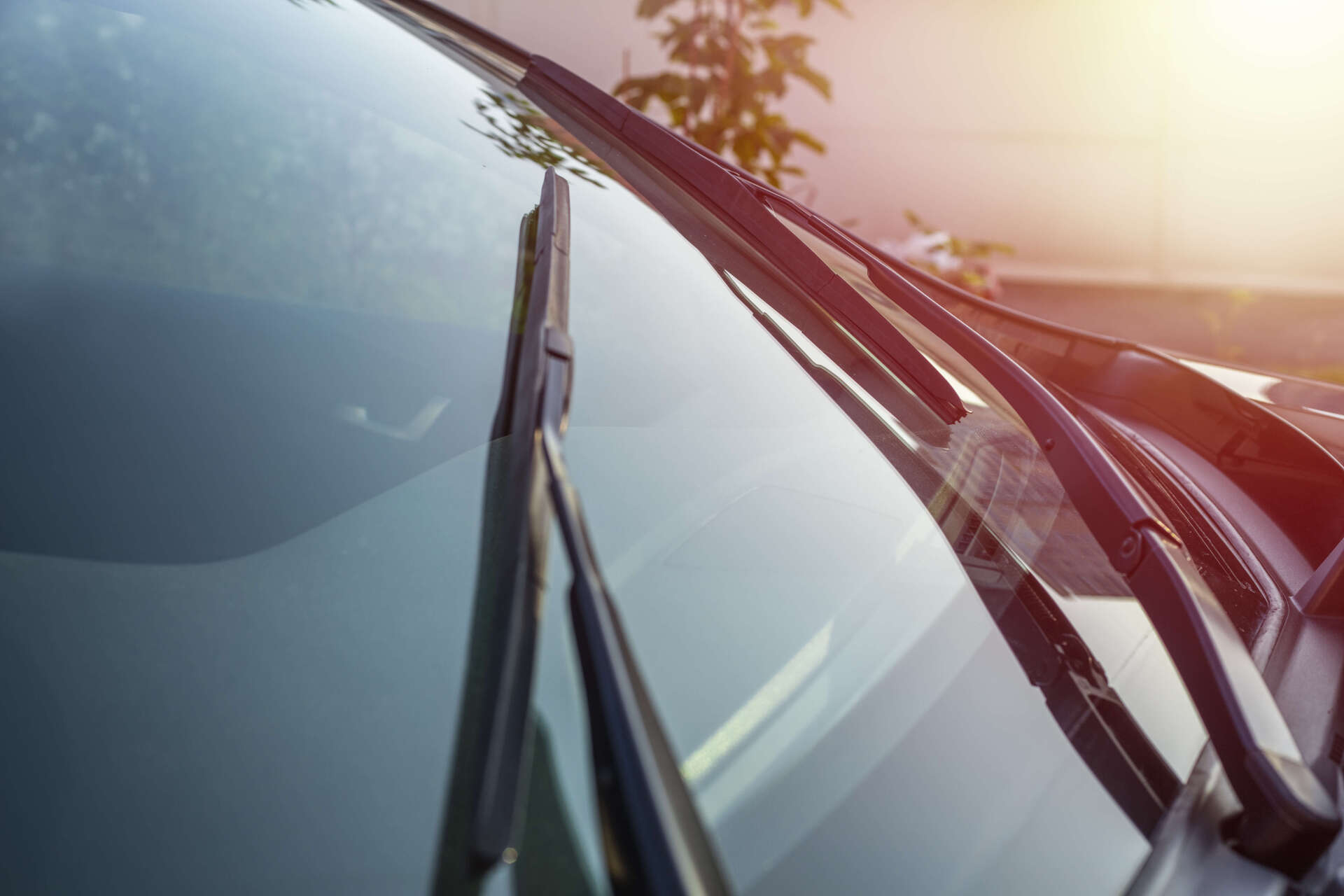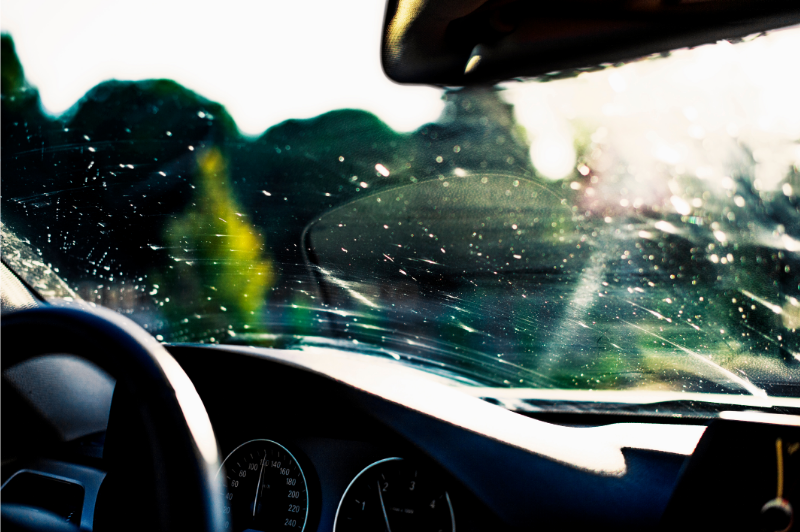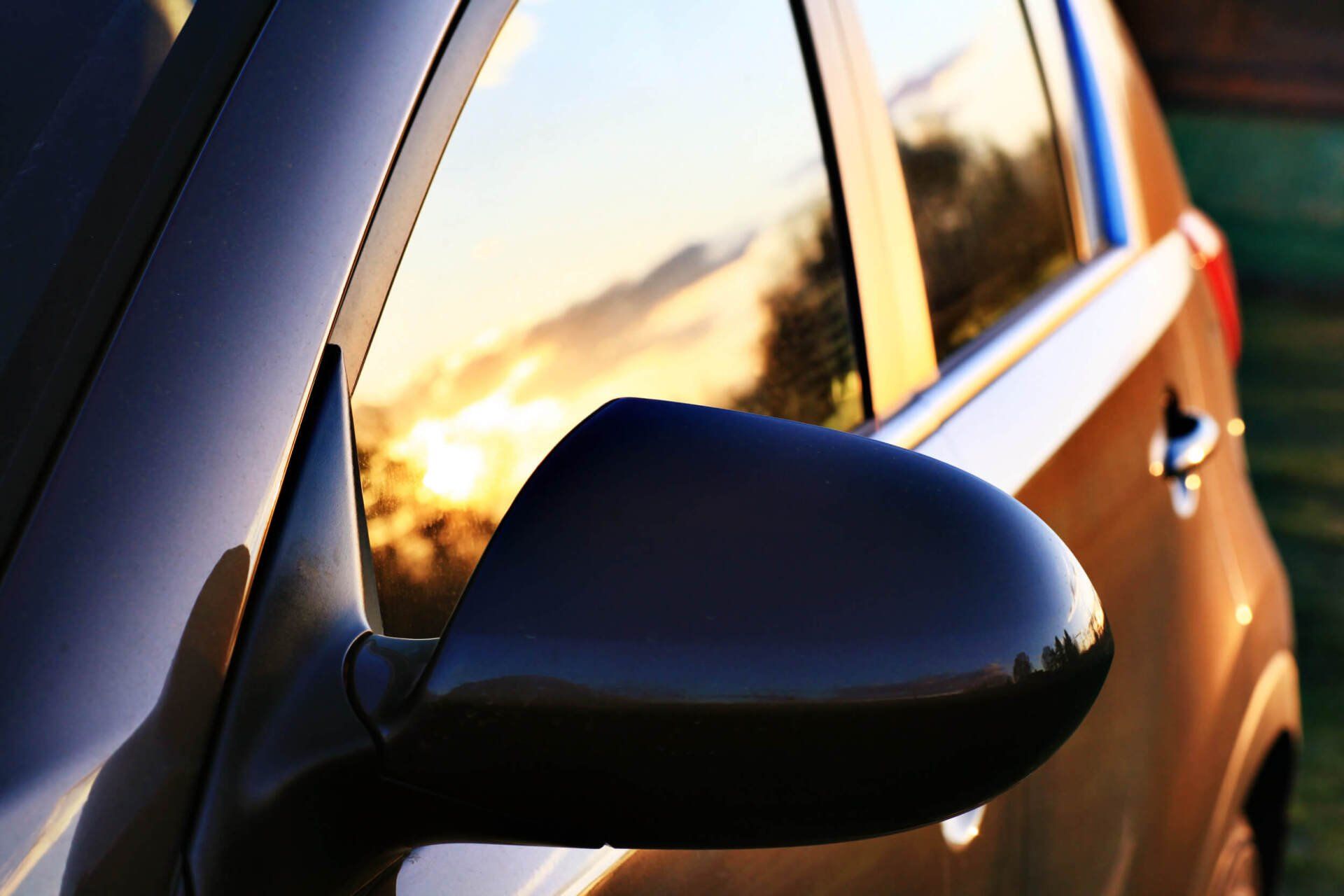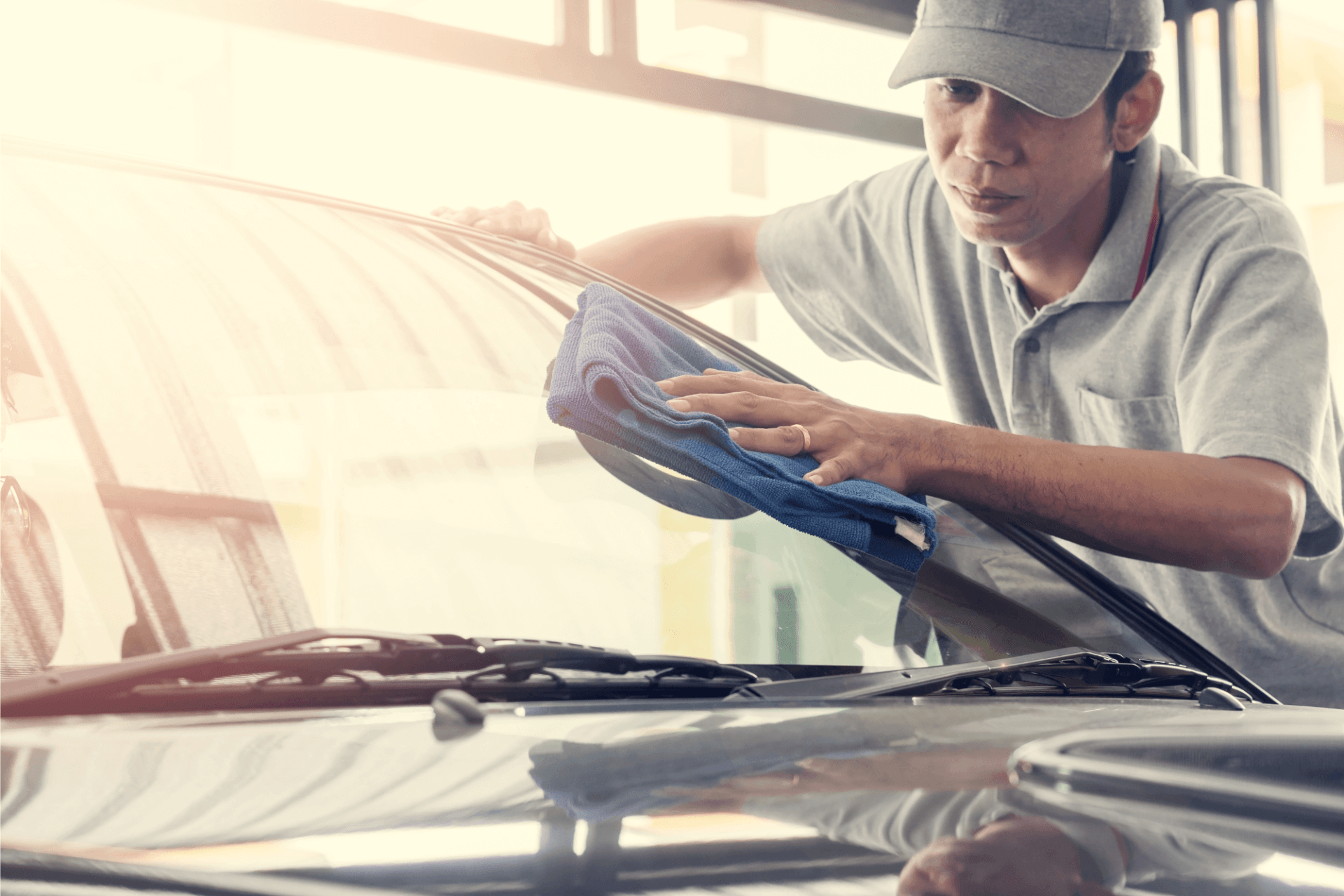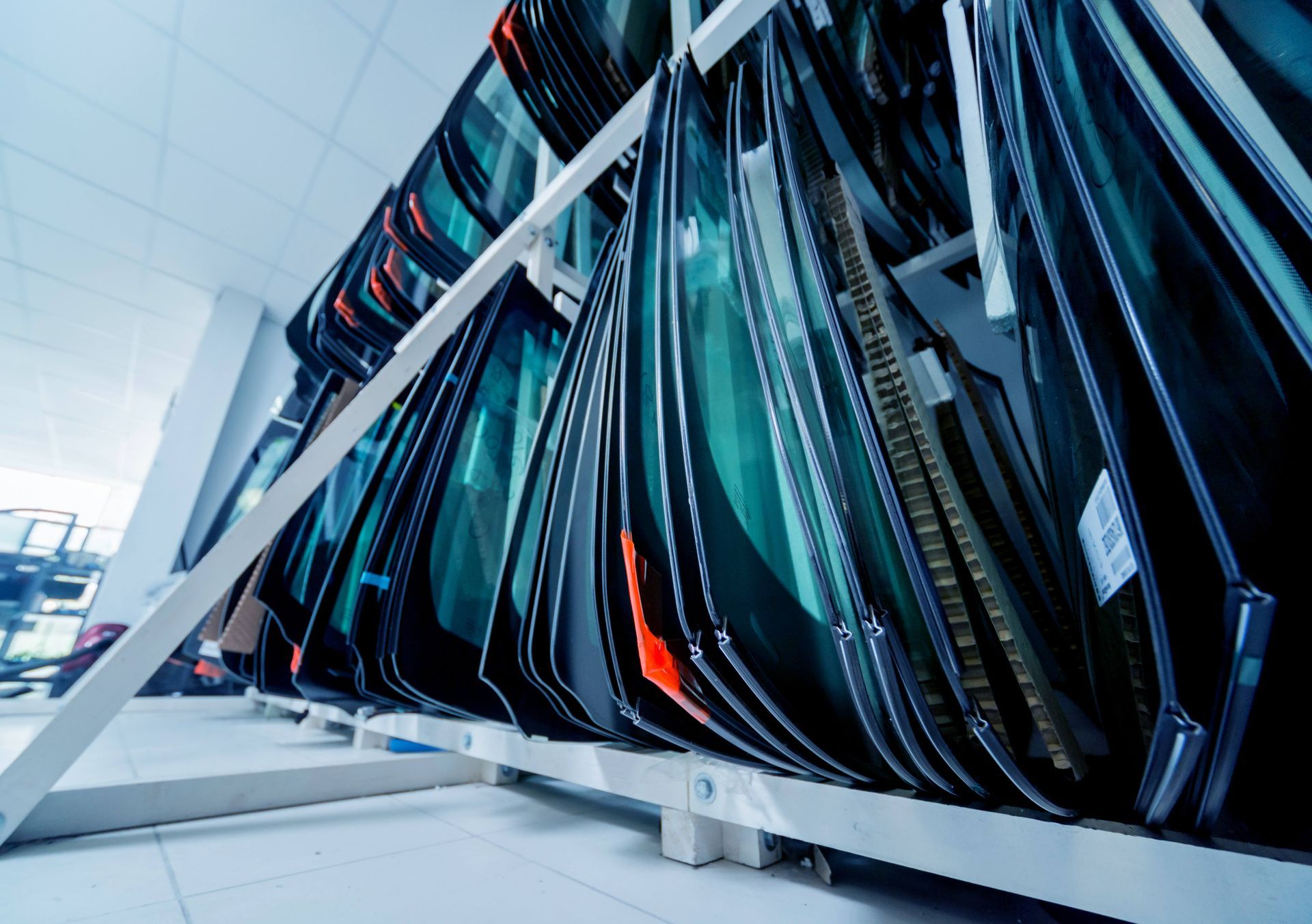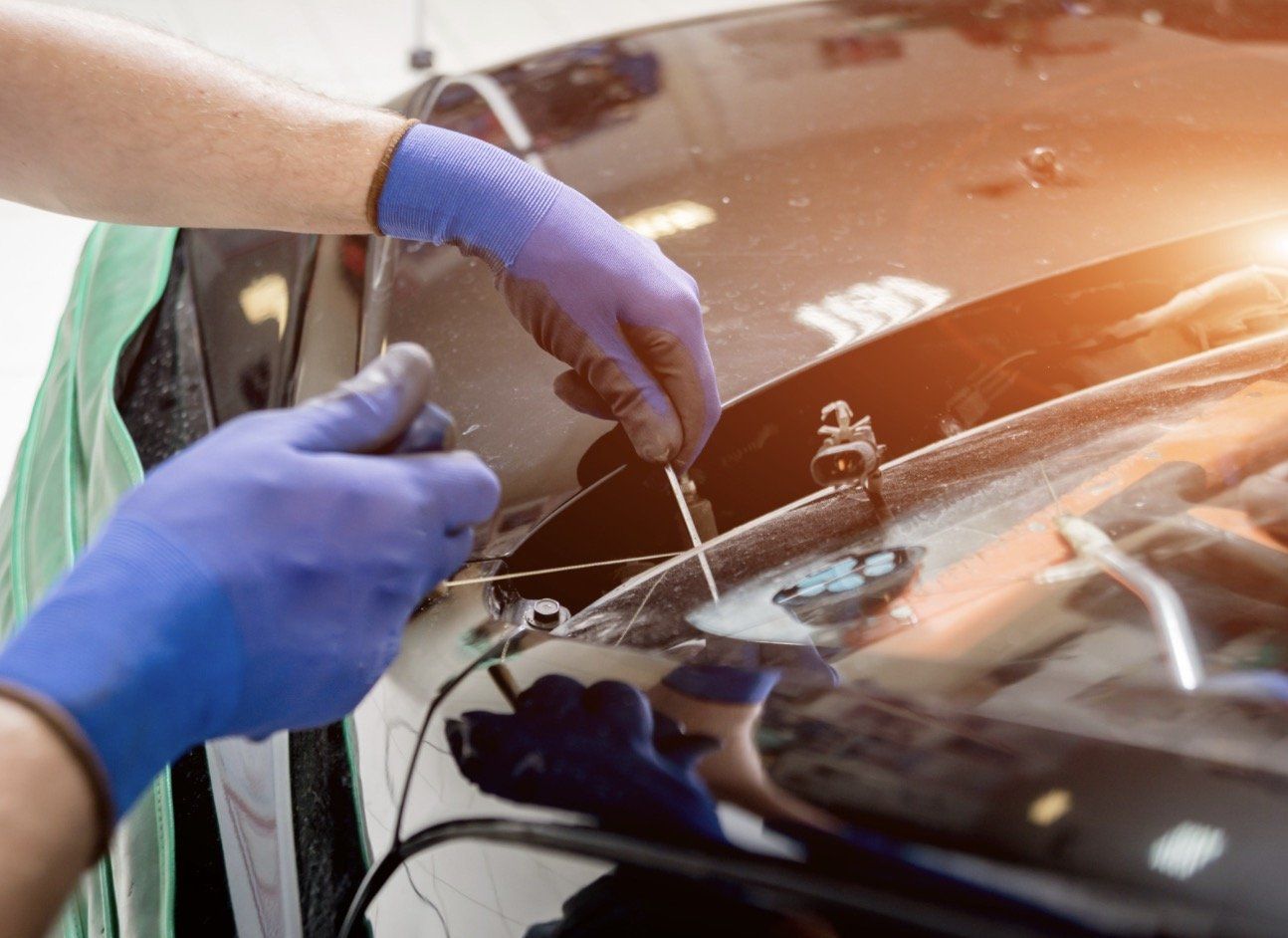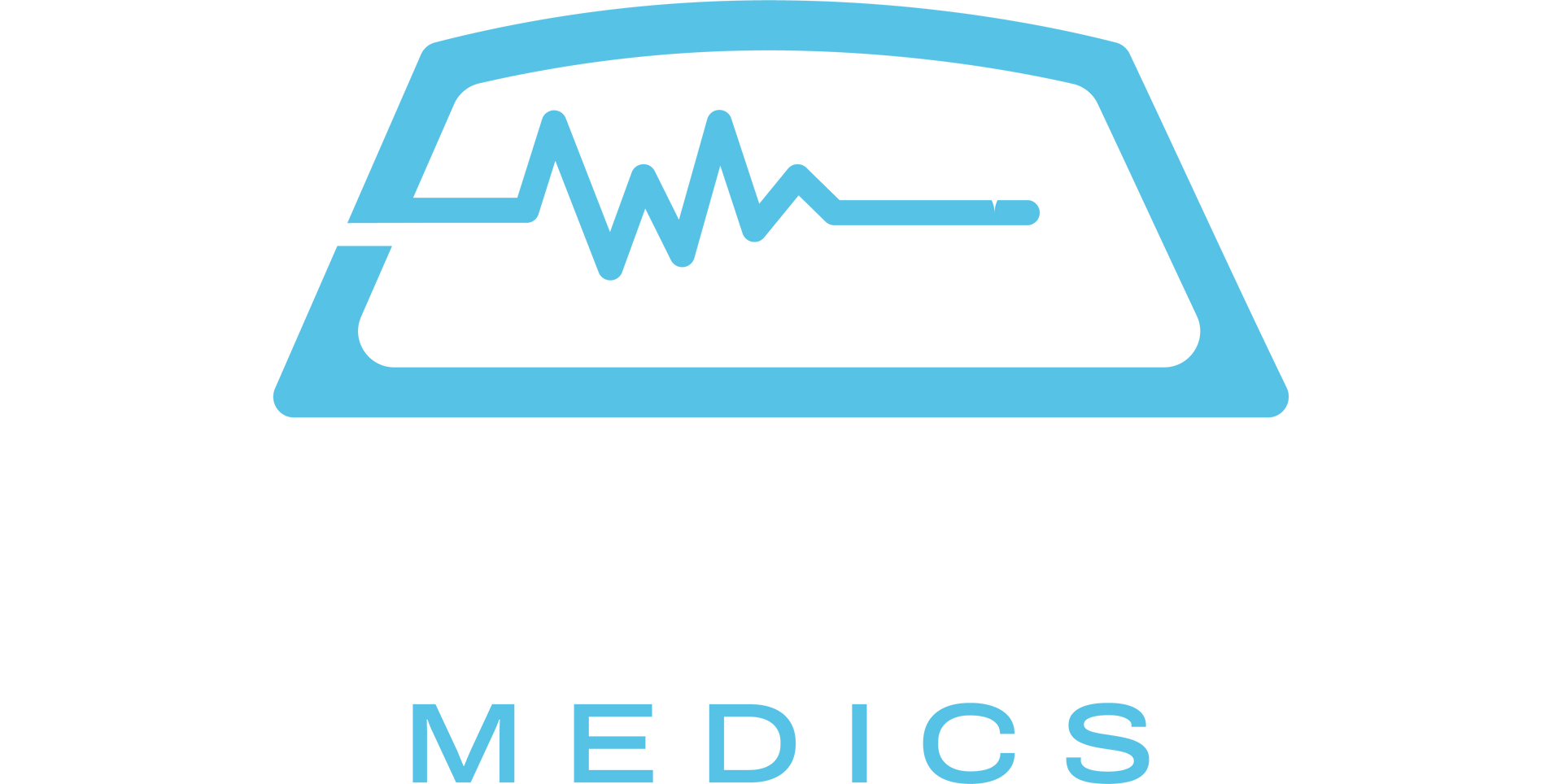The Science Behind Windscreen Strength: Composition, Layering, and Safety Features
Every time you buckle up, you're placing your trust in a piece of technology so vital, yet so overlooked, that its failure could mean the difference between life and death.
This article cuts through to the core of what keeps you safe on the road, revealing the advanced science and engineering safeguarding you every mile. Dive into the world of windscreen technology—where safety meets innovation—and discover the critical barrier you've underestimated until now.

The Evolution of Windscreen Technology
The journey of windscreen technology from simple glass panes to sophisticated safety devices reflects a broader narrative of automotive evolution. Initially, windscreens were mere barriers against wind and debris. However, as vehicles became faster and safety standards more stringent, the demand for stronger, more resilient windscreens grew. This section traces the transition from standard glass to advanced composites, highlighting how regulatory changes and safety standards have spurred significant advancements in windscreen design and functionality.
Composition of Modern Windscreens
Today's windscreens are marvels of engineering, composed of materials selected for their strength, durability, and safety features.
- Tempered Glass: Once a standard, tempered glass is known for its strength and safety properties, shattering into blunt, harmless pieces upon impact. However, its use has largely been superseded by laminated glass in windscreen applications due to the latter's superior safety features.
- Laminated Glass: The primary material for modern windscreens, laminated glass consists of two layers of glass bonded with a plastic interlayer, typically Polyvinyl Butyral (PVB) or Ethylene-Vinyl Acetate (EVA). This composition not only enhances impact resistance but also ensures that the windscreen remains intact upon impact, preventing debris from entering the vehicle interior and maintaining an airbag's effectiveness.
The inclusion of chemical treatments and coatings, such as hydrophobic coatings and anti-glare treatments, further augment a windscreen's functionality. These coatings improve visibility under adverse weather conditions and reduce the glare from sunlight and headlights, addressing critical pain points for drivers regarding visibility and eye strain.
The Science of Layering and Structural Integrity
The structural integrity of a windscreen is significantly influenced by its layering. The lamination process, which bonds glass layers with plastic interlayers, is pivotal for its strength. This section explores the impact resistance and penetration resistance offered by layered glass composites, emphasizing the scientific rationale behind these properties.
The curvature and engineering of windscreens also play a vital role in their strength. Designed to distribute aerodynamic stress evenly, the curved shape of modern windscreens enhances their durability and contributes to improved visibility by reducing optical distortion. This careful engineering addresses the dual challenges of maintaining structural integrity while ensuring clear, undistorted vision for drivers.
Integrated Safety Features in Modern Windscreens
The integration of safety features within windscreens has transformed them from passive barriers to active safety components. Heads-up displays (HUDs) project critical information directly onto the windscreen, allowing drivers to maintain focus on the road ahead. This innovation directly addresses the issue of driver distraction, a significant concern in road safety.
Furthermore, the integration of Advanced Driver Assistance Systems (ADAS) has introduced new complexities and capabilities to windscreen technology. Cameras and sensors embedded within windscreens enable features like automatic emergency braking, lane-keeping assistance, and adaptive cruise control. However, this integration also presents challenges, particularly regarding the calibration of these systems when a windscreen is replaced, underscoring the importance of professional installation and maintenance.
Challenges and Future Directions in Windscreen Technology
As windscreen technology continues to evolve, it faces a delicate balance between enhancing strength, integrating advanced technologies, and maintaining visibility. One of the primary challenges is the integration of increasingly sophisticated electronic systems without compromising the windscreen's fundamental properties of transparency and structural integrity. The calibration of embedded ADAS sensors post-replacement not only requires specialized knowledge but also underscores the need for stringent standards in aftermarket services, ensuring that safety features function as intended.
The advent of smart glass technology presents a promising future direction. Smart glass windscreens, capable of adjusting their opacity in response to light conditions, promise to enhance visibility and comfort for drivers, potentially reducing glare-related accidents. However, the integration of such technology raises questions about cost, repairability, and the impact on windscreen recycling processes, given the complex layers and materials involved.
Self-healing materials represent another frontier in windscreen technology. These materials could dramatically reduce the need for repairs or replacements, addressing a significant pain point for vehicle owners concerning the cost and inconvenience of windscreen damage. Yet, the practical application of self-healing materials in windscreens remains largely in the research phase, with challenges related to durability, cost, and the healing process under various environmental conditions still to be addressed.
Environmental Considerations in Windscreen Manufacturing and Recycling
The environmental impact of windscreen manufacturing and disposal is a growing concern. Traditional glass production is energy-intensive and emits significant CO2, while the disposal of windscreens, particularly those with embedded electronics and complex laminates, poses challenges for recycling processes. Innovations in manufacturing processes that reduce energy consumption and greenhouse gas emissions are critical. Furthermore, developing more efficient recycling techniques for laminated glass and the separation of electronic components is essential to minimize the environmental footprint of windscreen production and disposal.
Conclusion
The science behind windscreen strength, composition, layering, and safety features is a testament to the significant advancements in automotive technology aimed at enhancing vehicle safety and driver comfort. As we navigate the challenges and opportunities presented by new materials and technologies, it is clear that windscreens will continue to play a pivotal role in the automotive safety landscape.
At Windscreen Medics, we're at the forefront of adopting these innovations, ensuring that every repair or replacement not only meets but exceeds the highest standards of safety and quality. Our commitment to advancing windscreen technology reflects a broader dedication to vehicle safety, environmental responsibility, and the enhancement of the driving experience, underscoring the importance of ongoing collaboration between manufacturers, researchers, and regulatory bodies. With Windscreen Medics, you're not just getting a service; you're investing in peace of mind, knowing that your vehicle is equipped to face the demands of future driving environments.
Categories
Auto Glass Experts
